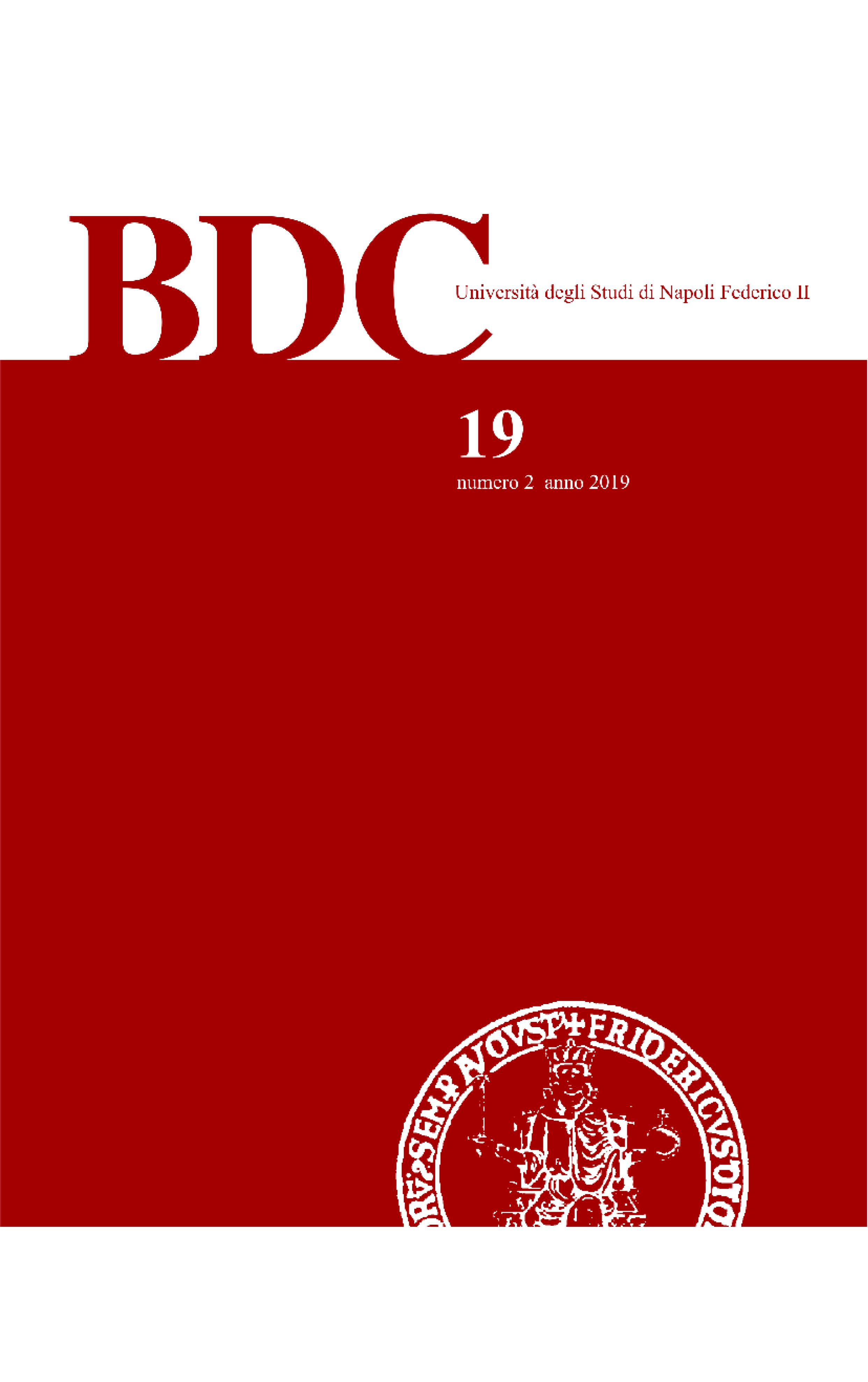IMPLEMENTING THE CIRCULAR ECONOMY: THE ROLE OF CULTURAL HERITAGE AS THE ENTRY POINT. WHICH EVALUATION APPROACHES?
Abstract
Il riutilizzo adattivo dei beni culturali è proposto come punto d'ingresso per la realizzazione della città circolare, cioè l'aspetto spaziale/territoriale specifico dell’economia circolare. Il riuso circolare contribuisce a realizzare la “città dell'uomo e della natura”, in cui la natura è considerata l’infrastruttura più importante. Nel paper si discutono i modi in cui il riuso adattivo può essere realizzato, a partire da alcuni problemi fondamentali e dall’approccio adottato, e che determina le differenze con altri approcci sul riuso dei beni del patrimonio, in cui l’attenzione principale è rivolta all’attrattività e ai suoi impatti multidimensionali e in cui le dimensioni economica, ambientale, sociale, culturale sono interpretata come aventi lo stesso peso. La prospettiva è quella di cercare nel riuso adattivo nuove soluzioni in grado di reintegrare l’economia nell’ecologia e nel paradigma umano utilizzando nuovi strumenti: dai nuovi modelli di gestione ai nuovi sistemi di valutazione di supporto alle decisioni.
Parole chiave: riuso adattivo; valutazione integrata; economia circolare
Downloads
Copyright (c) 2019 BDC. Bollettino Del Centro Calza Bini

This work is licensed under a Creative Commons Attribution 4.0 International License.
